Wildlife Reflections

Vega
Hugh and Annie
Tue 1 Nov 2016 16:52
| I have always had mixed feelings about wildlife programs on the TV. On the one hand the photography is usually stunning and with the likes of David Attenborough waxing lyrical the impression is given of a world full of wonderful habitats teeming with wildlife. On the other lots of information says that the reality is somewhat different and these programs may be giving quite the wrong impression. In fact they may be dangerous because they could be causing armchair complacency. When we set out on our trip one of the things I was keen to do was to photograph all the wildlife we would undoubtedly encounter en route. If you read sailing accounts from, say, 50 or more years ago you almost invariably read about seas teeming with fish, whales, sharks, birds and so-on. So far, after a year on the sea, we have closely encountered two whales (mother and calf Minke whales in the Atlantic); seen a group of breeching Humpback whales in the Caribbean; possibly seen one baby Lemon shark in the Caribbean but otherwise no sharks at all; several schools of dolphins on the east side of the Atlantic and then two or three schools in the Caribbean; maybe a dozen or so different types of seabird, usually in ones or twos; quite a few turtles in the Caribbean; lots of grey mullet in Moroccan ports; caught one tuna, one Wahoo and one Dorado (more a reflection of our fishing than anything else). And that really is about it. I was reminded of this on our recent trip to the Amazon because I had a preconception of seeing large flocks of brightly coloured Macaws and Parrots, lots of snakes, monkeys and all the other jungly things you see on TV, in zoos and read about in National Geographic. Again the reality is different and for two very good reasons. Firstly animals go to great lengths not to be seen. What the TV programs are now better at explaining is that you just can’t turn up with a film crew and start getting those wonderful shots. You have to hide and then wait. It can take days, weeks or even months to get that perfect picture. At the zoo it can be difficult enough to spot whatever it is that is supposed to be on display; in the Amazon rainforest forget it! In a week we saw three separate pairs of Macaws flying overhead to roost at dusk and you could just about make out their sensational colouring. We saw one parrot. Quite a few herons, eagles and kingfishers along the rivers. One glimpse of a distant toucan and one humming bird. We did see and hear a tree full of nesting pitcher birds but by then the camera with the telephoto lens had finally given up so you will just have to Google them to see how pretty they are and listen to our iPhone recordings to hear them! We did see a few other things but only because our local guides were of indigenous indian hunting stock and know what to look for. One had spotted a sloth in a tree top and had to climb up and actually pull the leaves from around it so that we could make it out! The same guide found and pulled from the water two Caiman one night that the rest of us, try as we might, couldn’t see until they were in our boat. Another guide in a different part of the forest (high forest away from the river with much thicker undergrowth) spotted a Jaguar’s eyes reflected in the light from our camp fire - we spent one night sleeping in hammocks in the forest - and after diving into forest with his torch said that he saw one about four feet long. Now, Jaguars are no pussy cats but fortunately rarely attack humans. Anyway, the point is that if there are animals with sharp teeth then there must be things for them to eat. The second reason is that wherever people are or have influence it tends to be bad news for wildlife. In the river frontage Amazon forest that we were in there is undoubtedly much more wildlife than we could see. A lot of it is nocturnal and also at dawn you can hear wonderful sounds from creatures echoing across the forest that you are unlikely to spot. However, the forest has been cleared in significant patches for agriculture and urban development and throughout the forest there is evidence of logging with cut trees everywhere and saw mills on the river banks. Most of the really big trees have long gone. In the oceans we have witnessed fishing on a truly industrial scale and local fishermen along the coasts netting whatever small catches of tiny fish they can get. In fact things are now so bad for fish and other wildlife in the oceans that governments are actually agreeing to the creation of large marine reserves where stocks have a chance to recover. However, it is considered that 30% of the worlds oceans need to be protected from fishing if viable fish and animal populations are to be sustained. This week the Zoological Society of London and the World Wildlife Fund have published a report that estimates that world vertebrate population numbers have fallen by 58% since 1970. Certainly our experience is that, at least to the untrained eye, it would appear that there is very much less wildlife to see than reported in years gone by. The decline in elephant numbers in Africa caused mainly by poaching is now so rapid that our grandchildren may be the last generation to have the opportunity to see them in the wild. These kind of messages should be shocking enough for action to be taken though this is easy to say from from an armchair in front of the TV. The commercial and human pressures of a rising world population of people are proving too great. 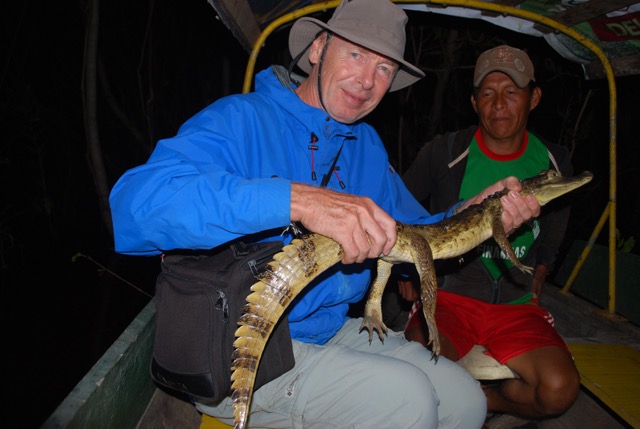  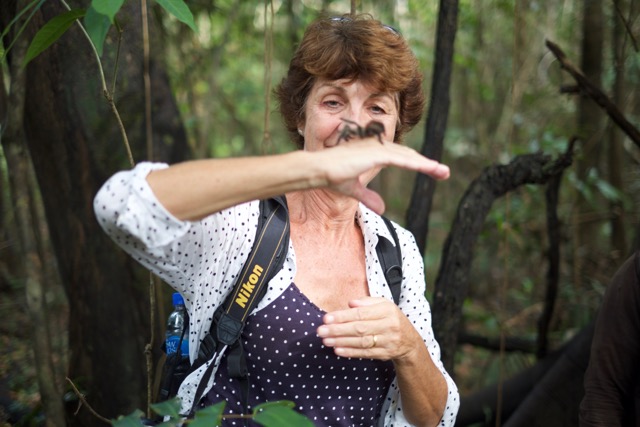 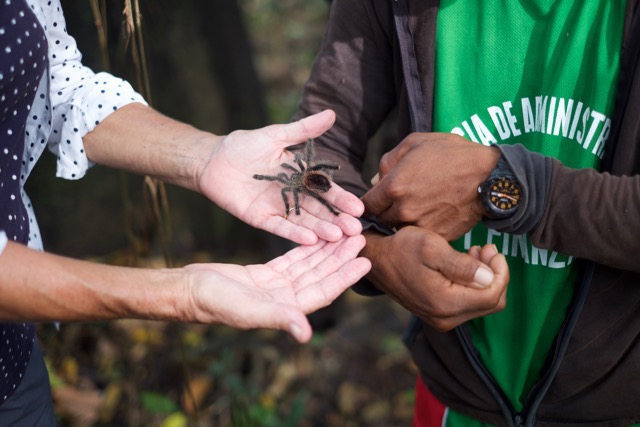 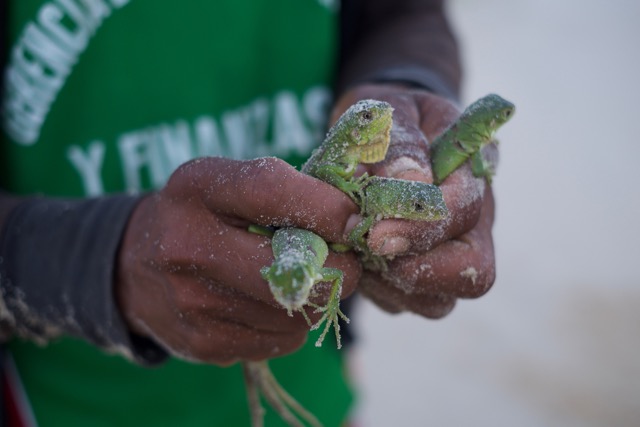 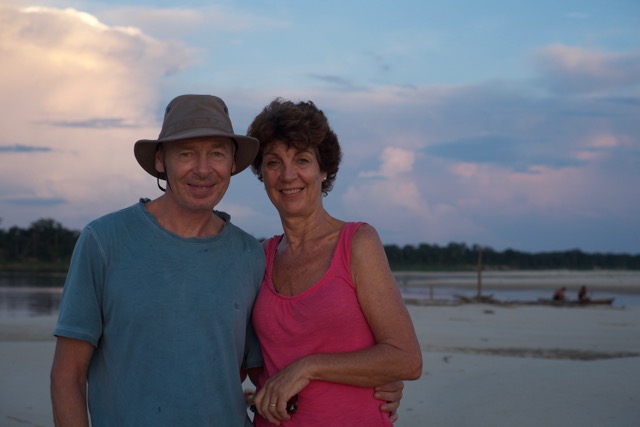 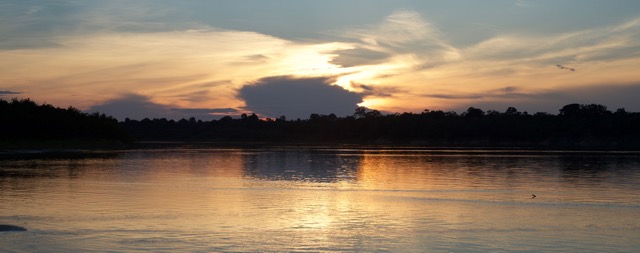 |